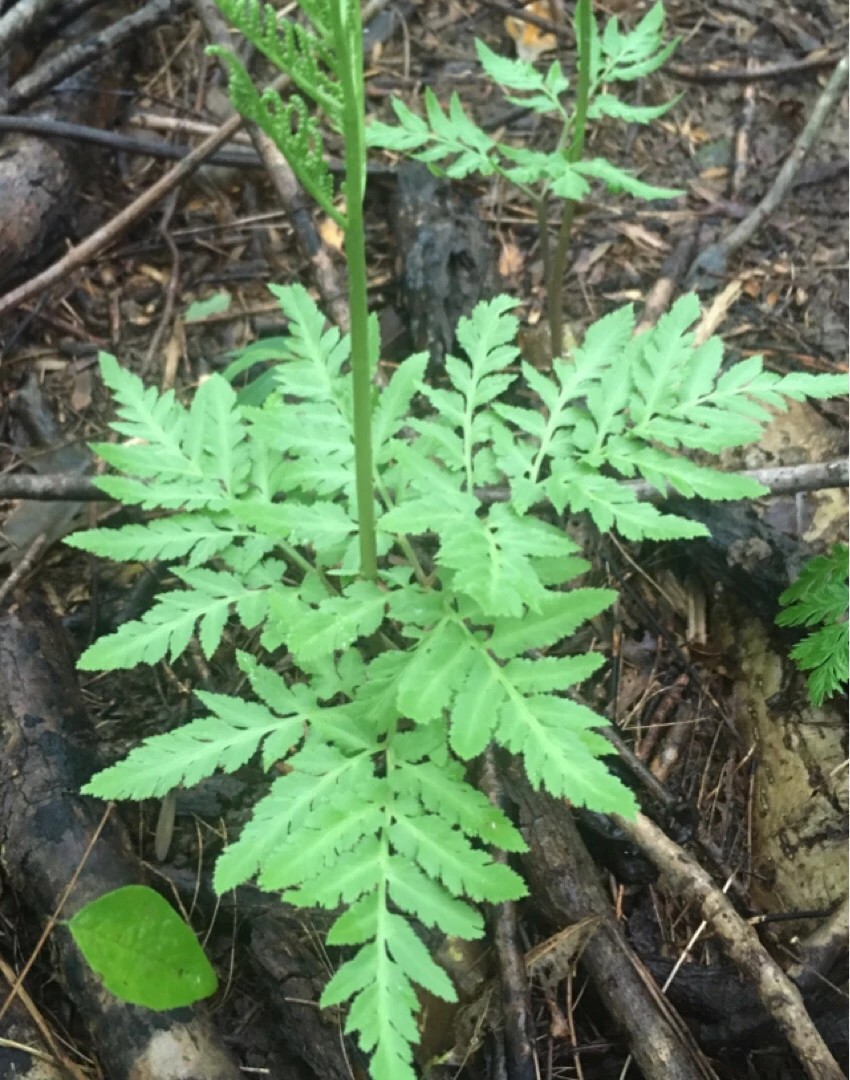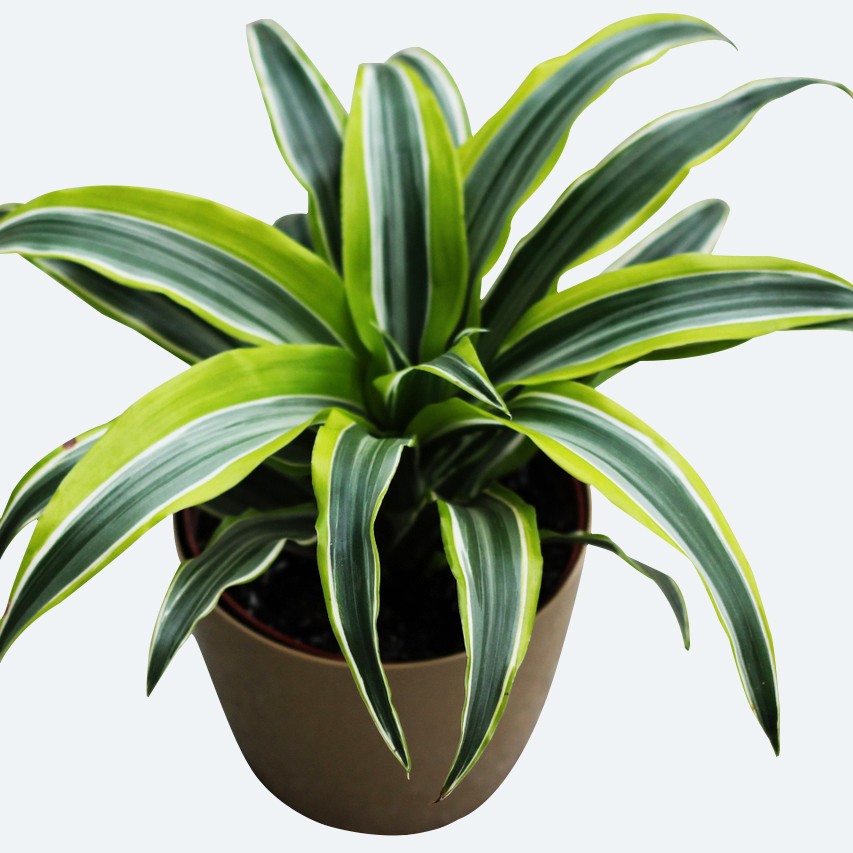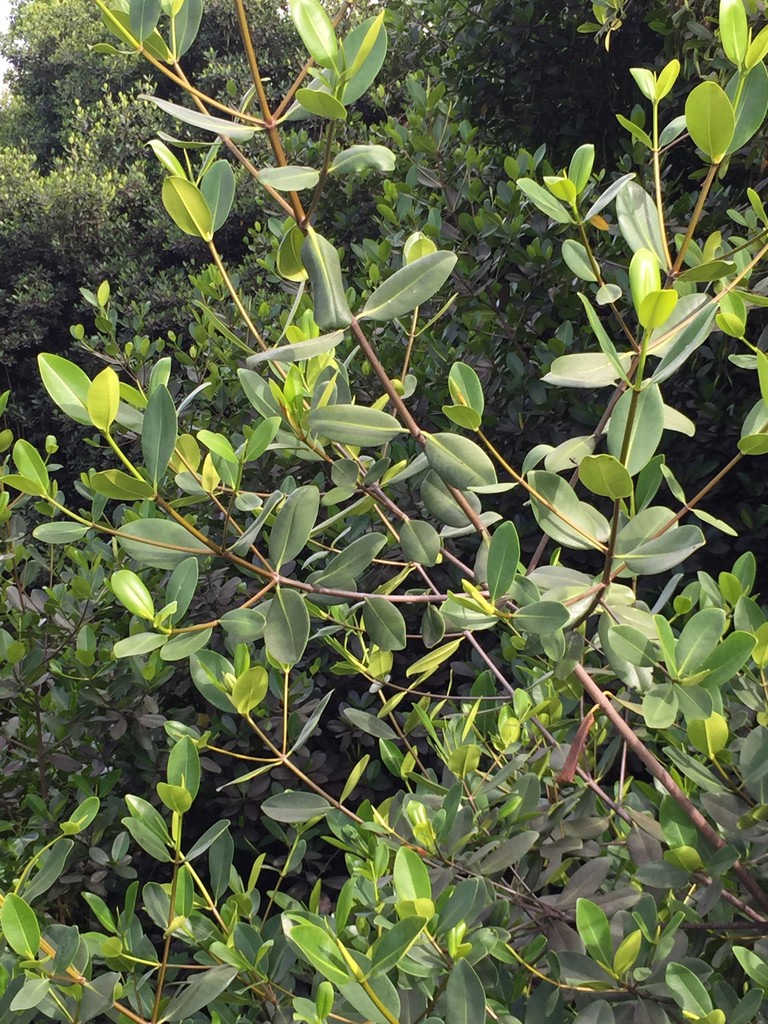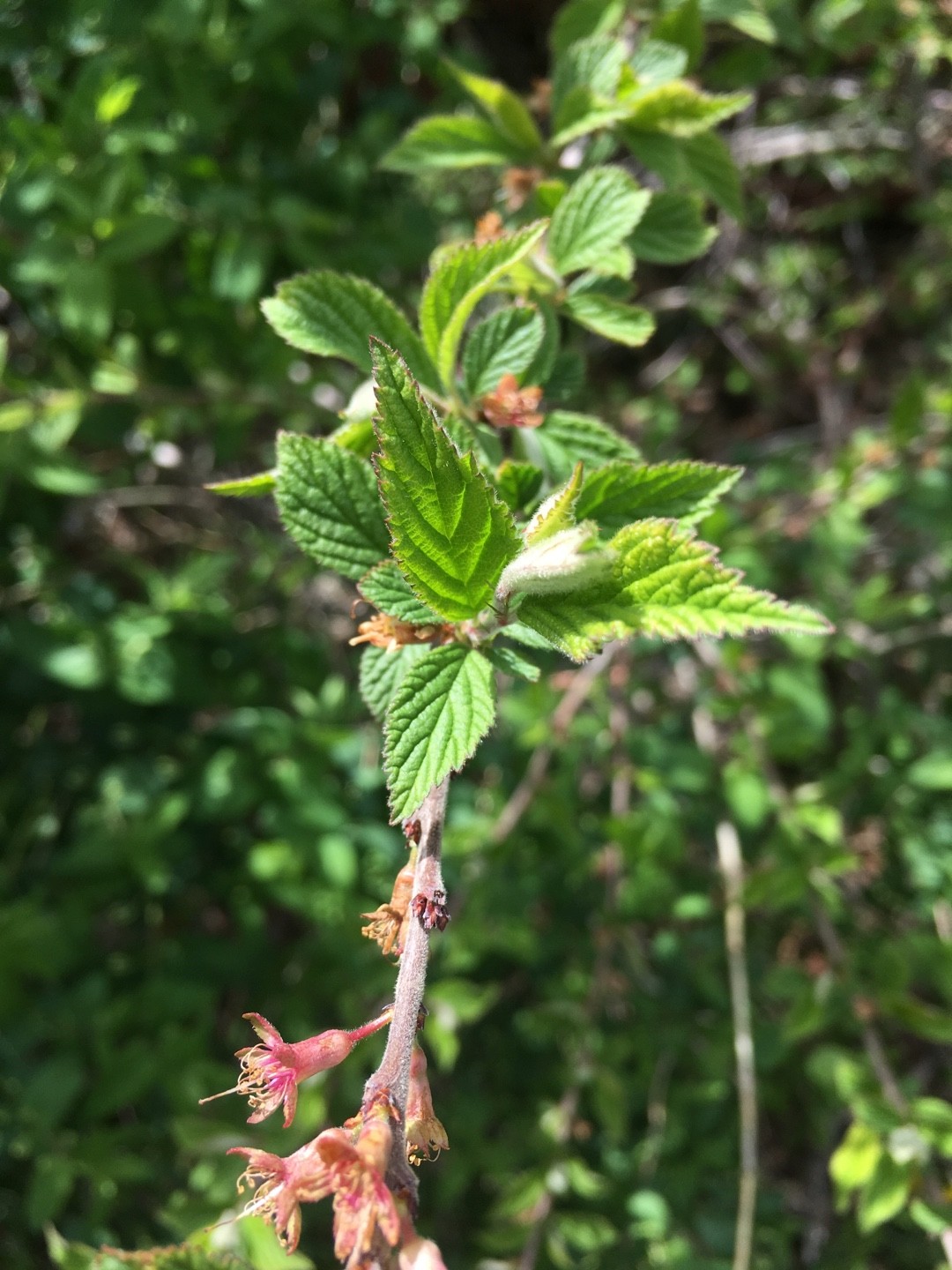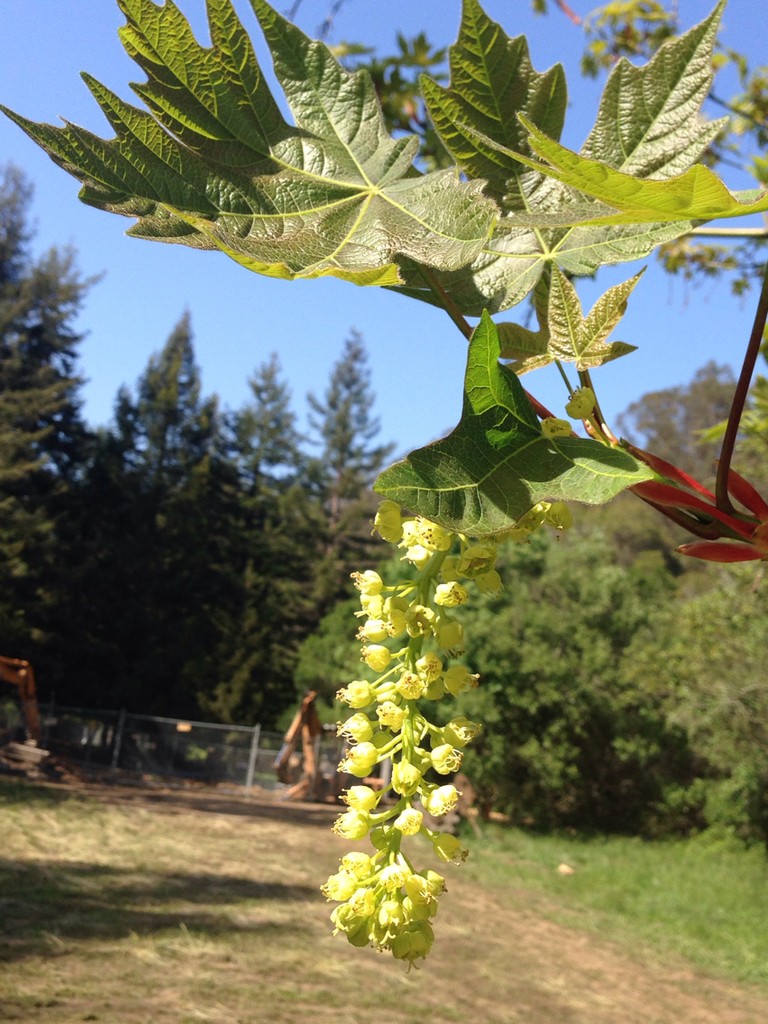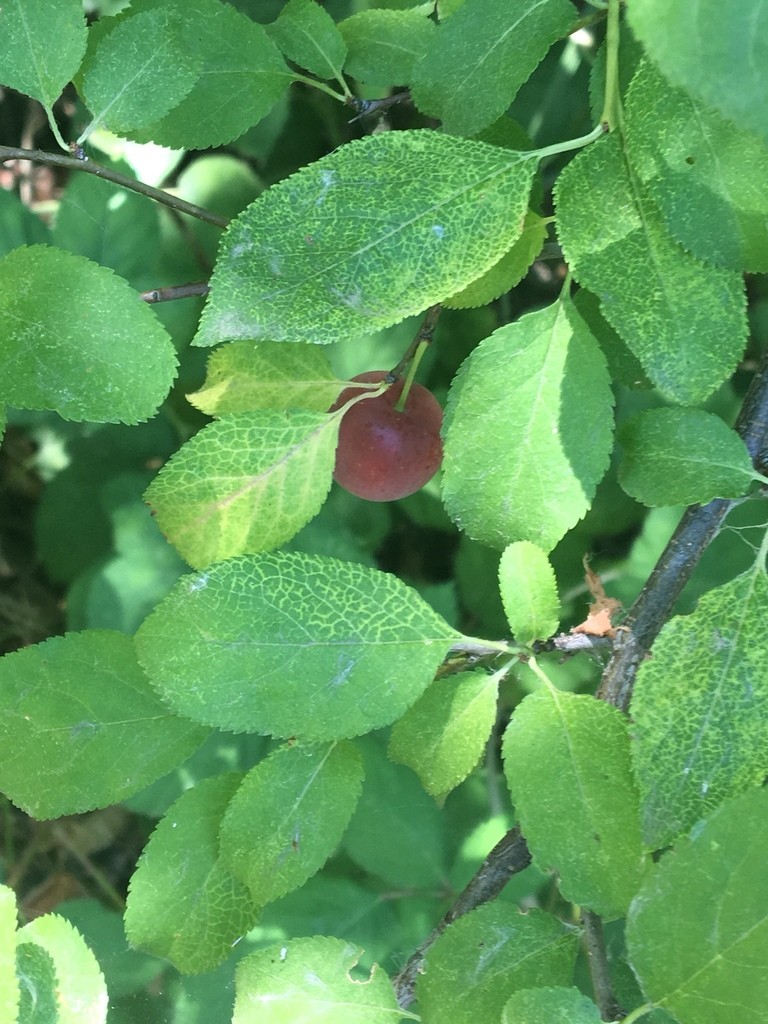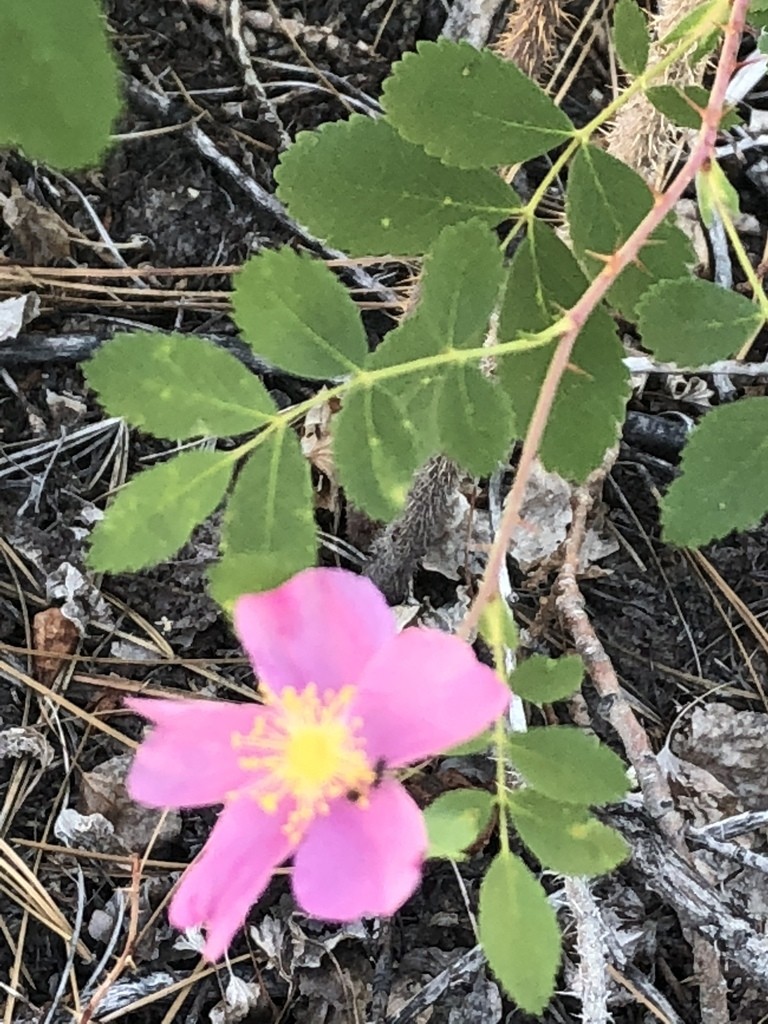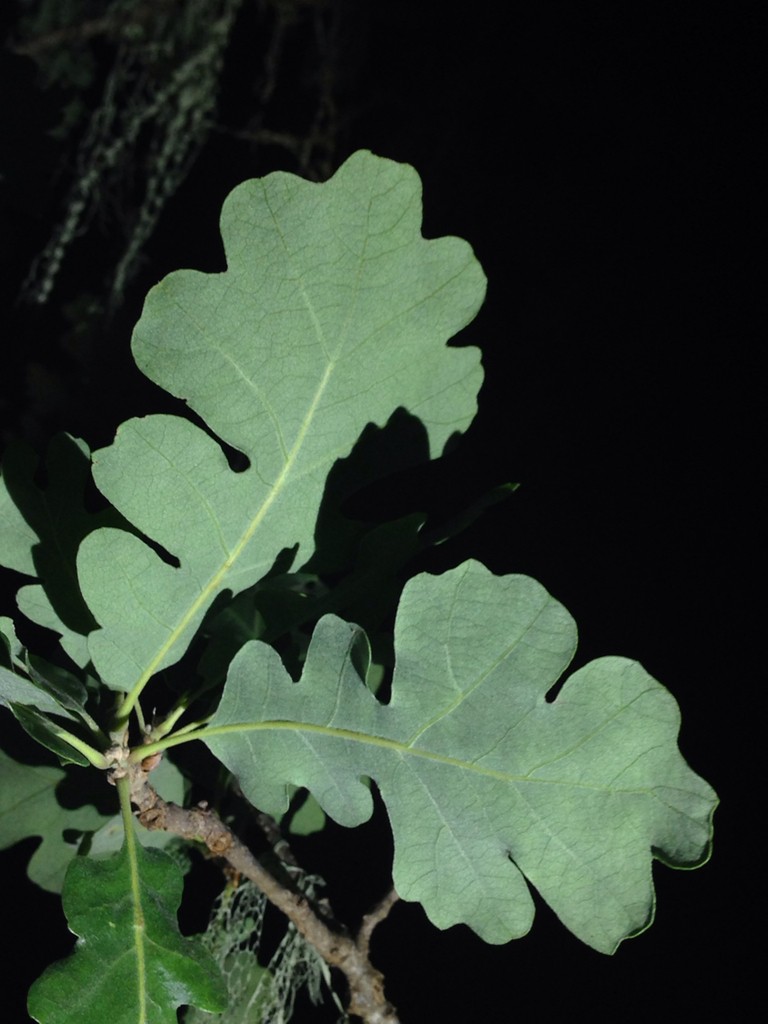St. Lawrence grapefern
St. Lawrence grapefern, a unique fern ally, thrives in the damp, shaded areas of the forest understory. Its lifecycle features distinctive, forked, green fronds emerging from the soil, hinting at an ancient lineage. These fronds form irregularly wrinkled textures, providing a rough touch, a characteristic emphasized in its name. Seasonally, st. Lawrence grapefern also produces inconspicuous, brown fertile fronds, often overlooked, yet crucial for reproduction.





